
Advanced fiber laser technology
Experience in sensor integration
Industry-leading reliability
No maintenance required
User-programmable settings
Continuous measurements
Patented coaxial pointer technology
Ultra reliable readings









Advanced fiber laser technology
Experience in sensor integration
Industry-leading reliability
No maintenance needed
User-programmable settings
Continuous measuring
Patented coaxial pointer technology
Ultra reliable readings
More LRF Modules
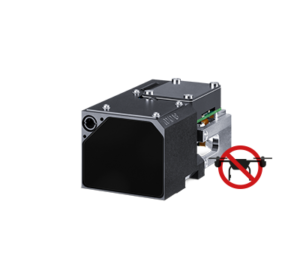
LRF 6742
The Counter-UAV module with its large laser beam is optimized for tracking small, moving objects …
Range capability (1 x 1m target): 2.2 km
Typical accuracy: ± 1 m
Dimensions: 110 x 56 x 52 mm
Weight: 325 g

LRF 6042
A high-performance laser rangefinder with small frontal area and advanced fiber laser technology …
Range capability: 25.0 km
Typical accuracy: ± 1 m
Dimensions: 99 x 56 x 52 mm
Weight: 300 g
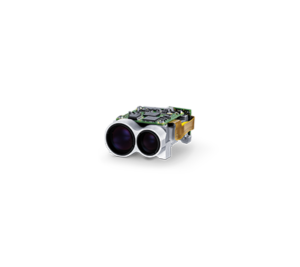
LRF 3013
The LRF 3013 is designed for system integrators looking for a convenient, easy to integrate …
Range capability: 5.1 km
Typical accuracy: ± 0.75 m
Dimensions: 52 x 37 x 22 mm
Weight: 45 g
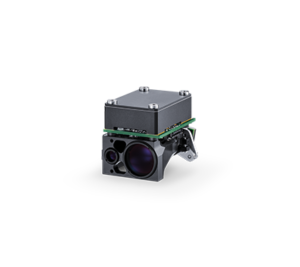
LRF 6019
A versatile 8 km rangefinder module powered with the latest fiber laser technology. The compact design …
Range capability: 15 km
Typical accuracy: ± 1 m
Dimensions: 60 x 40 x 45 mm
Weight: 100 g
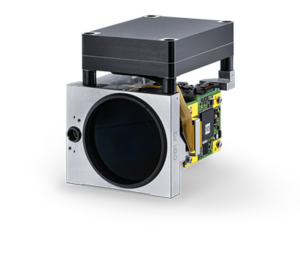
LRF 7047
The LRF 7047 is a robust laser rangefinder with a performance up to 30 km. Even in difficult measuring…
Range capability: 30.0 km
Typical accuracy: ± 1 m
Dimensions: 93 x 68 x 87 mm
Weight: 460 g
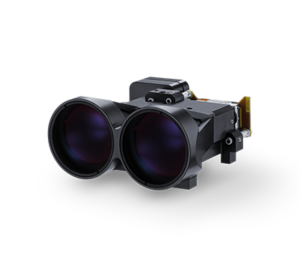
LRF 5042 (phase out)
Powerful and reliable diode laser rangefinder built to withstand harsh environmental conditions.
Range capability: > 8.0 km
Typical accuracy: ± 3 m
Dimensions: 114 x 100 x 50.25 mm
Weight: 325 g

LRF 3042 (phase out)
This robust diode laser range finder module combines excellent range performance…
Range capability: > 6.0 km
Typical accuracy: ± 3 m
Dimensions: 114 x 100 x 50.25 mm
Weight: 325 g
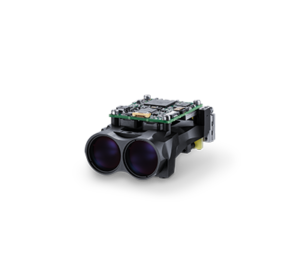
LRF 3020
This versatile, compact diode laser OEM range finder module combines excellent range performance…
Range capability: > 2.0 km
Typical accuracy: ± 3 m
Dimensions: 100 x 50 x 35 mm
Weight: 120 g

LRF 5020
lightweight and compact diode laser rangefinder. The robust construction allows a wide range…
Range capability: > 4.5 km
Typical accuracy: ± 3 m
Dimensions: 100 x 50 x 35 mm
Weight: 120 g
Frequently asked questions
No, shock or vibration does not affect accuracy in any way. Whenever the receiver receives a signal, it calculates the distance, always with the specified accuracy. In addition, we perform intensive shock and vibration testing on all of our laser rangefinders to ensure that all stated technical specifications are maintained over time.
In some applications, e.g., measurement through vegetation or targets of a convoy, there are reflections from more than one object in the beam path. If they have a distance difference of at least 30 m (target differentiation), the LRF identifies them as separate objects and displays separate distances. Depending on the module, up to 5 multiple targets are possible.
Targets are sorted by signal strength, not distance. Our embedded software algorithms calculate them using a relationship based on signal strength versus noise. Typically, the strongest signal comes from the target at which most of the beam is directed, and therefore appears first.
The divergence indicates the field of view of the laser beam. For example, a divergence of 0.5 mrad means that the laser beam is circular and has a diameter of 0.5 m at 1000 m distance. A narrow beam divergence is important to be able to accurately hit a selected target and to achieve a long-range performance. It must be ensured that most of the beam is reflected by the selected object and is not lost in the environment.
The rangefinder algorithm is a closed loop controlled circuit. This means that the LRF dynamically adapts its behaviour based on the environment, the target distance, target albedo etc. A lower range performance when integrated into a host system typically occurs when the range finder experiences optical crosstalk within a system. This happens if energy from the transmitter channel is directly coupled to the receiver. This causes the LRF to reduce the emitted energy in order to protect the receiver from being destroyed; and the result is a reduced range performance.
Yes, we provide a so-called interface kit, so that you can put the LRF module into operation within 10 minutes of receiving the goods. This way you get a better feeling of how the module works and what you can achieve with it.
Yes, it is possible to use pointer (830 nm) and measuring laser (1550 nm) simultaneously. The module will keep its original eye-safety level, as the two wavelengths are independent for the laser classification.
The housing of our LRFs is not sealed and the module itself is not gas or water-tight. In case, the host system is flushed with a gas (e.g. nitrogen), our modules provide ventilation openings to deal with this.
When the laser rangefinder is activated, a series of extremely short laser pulses from the transmitter are sent through the smaller objective lens to the target (multi-pulses). At the target, laser pulses are reflected back. Most of the pulses are absorbed or diffusely reflected by the target and only a very small percentage are reflected back to the LRF module. These remaining pulses are received by the larger objective lens and are focused onto the proprietary receiver diode. The receiver diode starts sampling the echo at a very high frequency and together with our sophisticated measuring algorithms it allows the laser rangefinder module to calculate a reliable distance – even if only a few pulses were reflected.
Vectronix is one of the few truly integrated fiber laser manufacturing companies on the world. We have two different versions of fiber lasers (LRF 6019 & LRF 7047) and they are all fully developed and produced here in Heerbrugg, Switzerland. We developed our own transmitter electronics as well as the matching receiver electronics to get the optimal performance out of our laser rangefinder module.
When integrating or handling a module, be careful with ESD as the LRF module is sensitive to electrostatic discharge. Do not touch any electronics or components unless protective measures are in place. Measures such as wearing a grounded wrist strap, use of anti-static bags and trays, and a workplace with grounded mats.
Yes, it is possible to mount and operate our fiber laser modules (LRF 6019, LRF 7047) with the Laserbox detached, to minimize the front area. To do this, a special mounting set is required. This set contains a flexcable, a flexcable securing clip and mounting screws with washers.
The laser rangefinder modules LRF 6019, LRF 6042 and LRF 7047 are equipped with a 1550 nm laser for distance measurement and with an optional 830 nm laser pointer. The pointer is built directly into the laser measuring system and uses the same fiber and optics as the 1550 nm laser. If this option is chosen, the boresighting of the complete LRF module can be done easily by just aligning the 830 nm pointer, as this aligns automatically also the 1550 nm laser, which is responsible for the distance measuring.
To make the laser spot of the 830 nm laser pointer visible, a standard NIR camera or a night vision device can be used. These devices are significantly cheaper than a 1550 nm camera. By using a boresight chart at a defined distance, the LRF can be aligned by bringing the main optical axis of the host system and the LRF to the predefined positions on the boresight chart.
Discover more Ultisense solutions
Magnetic North Finding
High precision sensors for orientation measurement making a difference when it matters.